
A new study demonstrates that the drug regimen consisting of glecaprevir plus pibrentasvir for non-cirrhotic patients with HCV genotype 1-6 is safe and effective.

A new study demonstrates that the drug regimen consisting of glecaprevir plus pibrentasvir for non-cirrhotic patients with HCV genotype 1-6 is safe and effective.
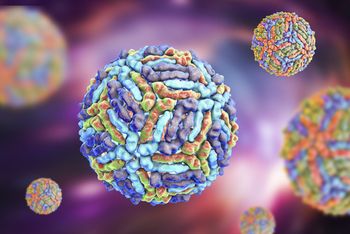
State health agencies are increasingly reporting new human cases of West Nile virus; there have been more than 150 illnesses so far this season.

A year on, the United States and most of the other countries affected by the Zika virus are better prepared to prevent outbreaks and control their spread. The proof is in the data.

Florida reports first case of sexually-transmitted Zika of 2017, while funds continue to be released for new research efforts against the virus and tests to aid in rapid diagnosis.

The pneumococcal vaccine is routinely administered to babies in the United States starting at 2 months of age.

Researchers believe they have developed an effective genetic roadmap to assist in the identification and characterization of infections in the lower respiratory tract.

Health care providers are advised to consider a diagnosis of cyclosporiasis in patients with prolonged or remitting-relapsing diarrheal illness.

The Clinton County health commissioner, Pamela Walker Bauer, MPH, RS has confirmed 11 cases of H3N2v flu linked with an Ohio fair.
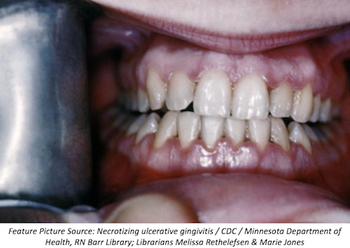
Researchers report a case of undiagnosed HIV infection that first presented as necrotizing ulcerative stomatitis.

A recent study takes a closer look at statin use in HIV-positive patients who are taking protease inhibitors.

In a new study published in the journal Vaccine, researchers examine the antibody response to the flu vaccine in pregnant women and their babies.

New HIV drugs, vaccine regulations in France, correlations between intestinal viruses & type 1 diabetes, the susceptibility of Florida mosquitoes to transmit chikungunya, and an evaluation of the risk of hepatitis B reactivation in veterans on direct-acting antiviral therapy make up our Top 5 articles for the week of July 30, 2017.

A new study reports that Escherichia coli (E. coli) bacteria are commandeering copper ions to strengthen bacteria levels in hard-to-treat urinary tract infections (UTIs).

Global health security impacts us all and without the Global Health Security Agenda (GHSA), we may see an increase in global public health crises.

The US Food and Drug Administration approved Mavyret for adults with chronic hepatitis C virus (HCV) genotypes 1-6 without cirrhosis or with mild cirrhosis.

The Centers for Disease Control and Prevention (CDC) is providing local agencies with a boost—in the form of $200 million—to improve surveillance, laboratory diagnostic capabilities, and outbreak response.

A recent study showed that most migrants to European countries acquired their HIV infections in their host countries, particularly those from Latin America and the Caribbean.

The latest World Health Organization report points to high MERS transmission risk in hospitals.
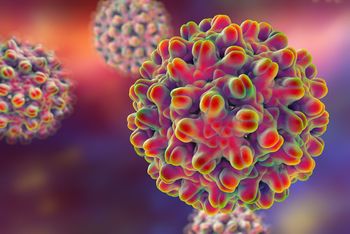
A recent study finds that HBV reactivation occurs earlier and is more severe in HBV/HCV coinfected patients treated with DAA therapy compared with patients treated with IFN-based therapy.

In a 12-1 vote, the FDA’s Vaccines and Related Biological Products Advisory Committee supported the safety data of a new potential hepatitis B vaccine.
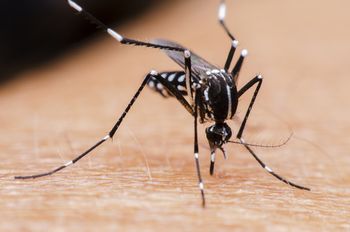
Researchers from the University of Florida recently made an interesting discovery about the mosquitoes in the state.

As Colorado reports its second human case of West Nile virus of the season, local health officials around the country are reporting new cases of West Nile-positive mosquitoes, emphasizing the importance of vector control.

Some 90% of healthcare organizations represented in one study had experienced a data breach in the past 2 years alone.

Biosurveillance plays a vital role in biodefense efforts.
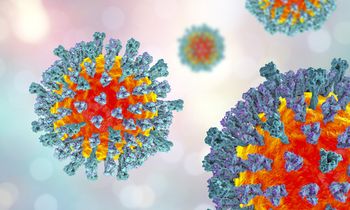
With more parents opting for non-medical exemptions from vaccination in some states, a new study highlights the health and financial costs of even small reductions in vaccination rates.

The relationship between temperature and incidence of surgical site infections, progress towards an HIV vaccine, the cleanliness of your stethoscope, an explanation on how infection rates at Stanford Hospital are a canary in a coal mine, and an interactive visual map that depicts the HIV epidemic in the United States, make up the Top 5 news articles for the month of July 2017.

After Italy’s parliamentary decision to mandate vaccines, France health officials follow suit, requiring parents to vaccinate their children against 11 common illnesses starting in 2018.
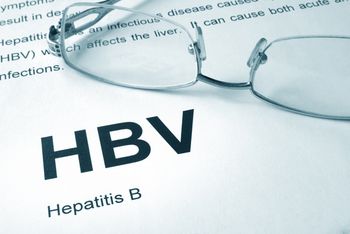
A new study published in the Journal of Hepatology evaluates the risk of HBV reactivation in veterans receiving direct-acting antiviral therapy.

The CDC has updated interim guidance for healthcare providers who are caring for pregnant women with potential exposure to Zika virus.

Introducing HIV screening in primary care offices has the potential to save lives and decrease the costs associated with treatment by increasing rates of early diagnosis.